Infill Matters When Installing Artificial Grass Putting Greens — Here’s Why
October 31, 2023
Artificial turf putting greens have become increasingly popular among serious golfers and casual weekend players alike. Not only do they offer a convenient and low-maintenance alternative to natural grass landscaping, but they also provide a more consistent and higher-quality playing surface.
However, not all synthetic turf putting greens are created equal. To ensure that your personal putting green is high-quality and built for longevity, it’s important to choose the right infill for your project. Infill refers to the material that is added between the blades of synthetic grass to provide stability and cushioning. When you choose the right infill product and apply it properly, your synthetic grass putting green will stand out in these four key ways.
Ball Roll
When installing a personal synthetic grass putting green, one of the most crucial factors is ensuring that the ball rolls the same way it would on a professional course. This means that you need a reliable and consistent ball roll achieved through short, dense, and upright turf fibers.
To keep your turf grass upright, however, your lawn needs infill. The right type and amount of infill will provide the necessary ballast, ensuring that the green’s surface has the right consistency and that all blades are kept upright. If your lawn has inadequate infill, or if the infill is distributed unevenly, your turf may become flattened or matted down, altering your putting experience and resulting in an inconsistent ball roll that hinders your play.
Stimp Speed
Stimp speed refers to the speed at which a golf ball rolls on the putting green. This measurement is used to determine the difficulty of a green and is an important factor in putting green maintenance. With artificial grass putting greens, the stimp speed can be adjusted by varying the type and amount of infill used. For example, a dense infill will result in a faster ball speed, while a looser infill will slow down the ball.
Another factor that can affect ball speed is rain. If rain, dew, or other moisture can’t drain properly from your synthetic grass putting green, the slickness of the playing surface will alter the course’s stimp speed and affect your play. As such, it’s important to choose a silica sand infill that doesn’t impede drainage and allows water to move easily through the turf backing without issue.
Surface Stability
One of infill’s primary purposes is to weigh down the synthetic grass surface and avoid the turf’s movement over time. This is especially true for putting greens, where movement and shifting in the turf can negatively affect your short game.
To mitigate the movement of your synthetic grass and ensure your putting green performs consistently, use an adequate amount of infill to weigh down the turf at its base. Insufficient infill can cause your putting green surface to become uneven and unstable, making it difficult for the ball to roll smoothly. It can also result in the formation of bumps, dips, and wrinkles on the playing surface, which can affect the ball’s trajectory and even create tripping hazards. To ensure a stable and consistent playing surface that you can rely on every time, maintaining the right amount of infill is crucial.
Bacteria Growth
Any outdoor surface is susceptible to mold and mildew growth due to the presence of organic matter and moisture. Luckily, since synthetic grass is made with polyethylene or nylon materials and not organic textiles, mold spores aren’t likely to grow. However, nearby leaves, twigs, and other organic debris that land on your putting green surface could encourage mold and mildew growth without adequate infill and drainage.
By choosing an antimicrobial infill for your artificial turf putting green, you can inhibit the growth of bacteria, mold, and mildew on your playing surface. Antimicrobial infill options such as Envirofill absorb moisture without impeding the turf’s drainage, ensuring that your putting green stays safe and bacteria-free through any weather.
If you need guidance in choosing the right artificial turf products for your installation, speak to your installer or contact your local Synthetic Grass Warehouse location today. We can help you find the perfect synthetic grass products and installation accessories, including infill, for your project’s unique needs. Synthetic Grass Warehouse has been an industry leader for more than 20 years, helping distributors, installers and homeowners alike with all their synthetic turf installation needs. To find out more about artificial grass wholesale or to receive guidance with your next turf grass installation, contact your local Synthetic Grass Warehouse facility today.







